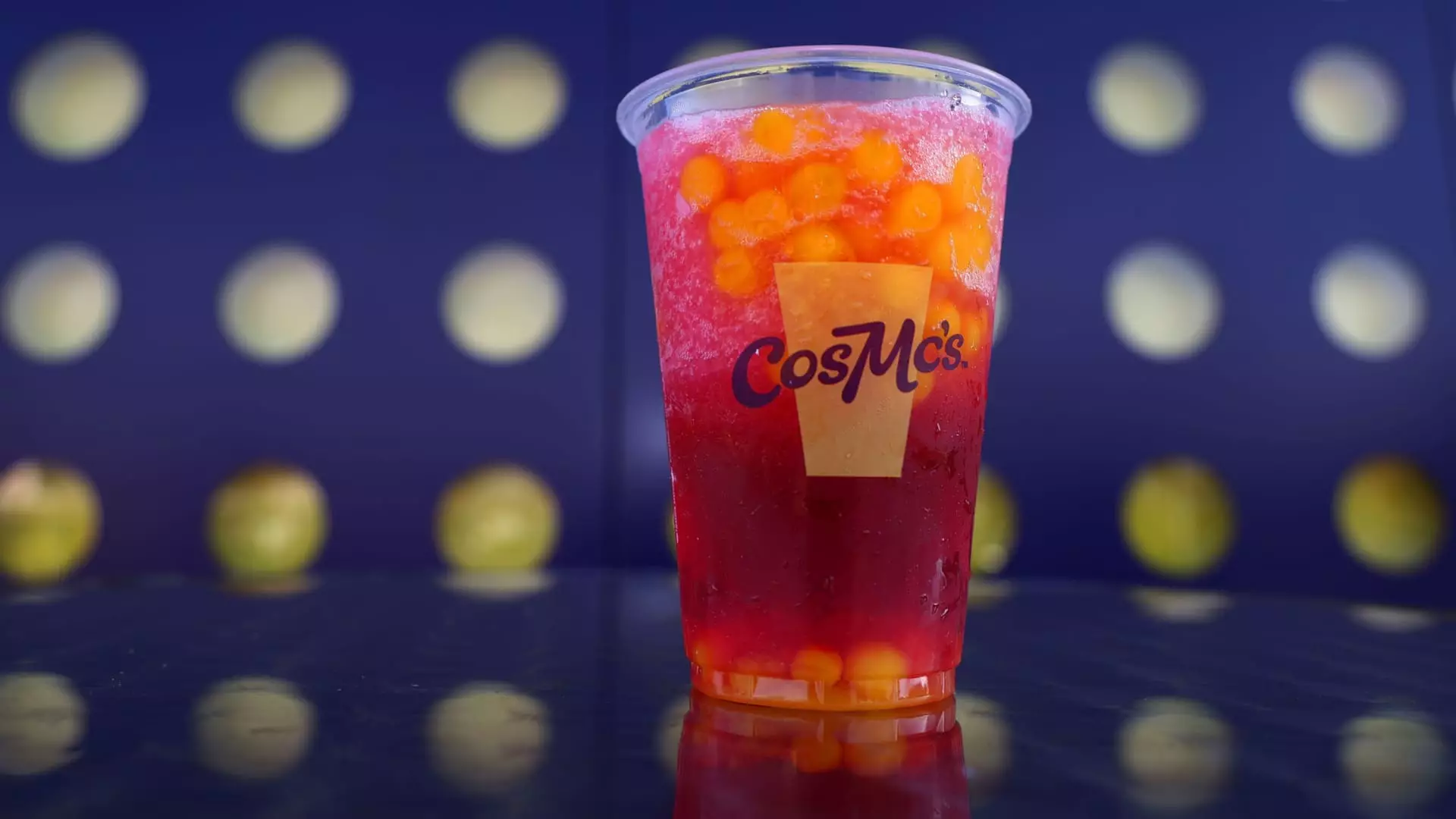Fast-food chains are stepping outside their comfort zones, forging an ambitious path that is decidedly more colorful and flavorful. No longer content with the traditional burger-and-fries paradigm, major players are doubling down on innovative drink options that are attracting younger demographics—particularly the elusive Gen Z. This new beverage-centric approach isn’t just a superficial marketing gimmick; it’s a deeply strategic move aimed at revitalizing sales and creating brand loyalty in an ever-competitive landscape.
Beverages, once mere side items on the menu, are becoming the driving force behind these restaurants’ growth strategies. Notable examples include Chick-fil-A’s seasonal Pineapple Dragonfruit drinks and Taco Bell’s Live Mas Café initiative, which offers a range of caffeinated concoctions. McDonald’s itself is pushing boundaries with its CosMc’s spinoff focused solely on beverages, illustrating just how far chains are willing to go to claim a slice of this growing market.
The Rise of Exotic Flavors
At the heart of this beverage revolution is an eagerness to introduce tantalizing flavors that resonate with Gen Z’s adventurous palate. Traditional sodas are on the decline, with consumers now gravitating toward more exotic offerings that are rich in visual appeal and unique taste profiles. Fast-food chains are not simply content with sugary drinks; they’re seeking to elevate the beverage experience through bold ingredients like yuzu and butterfly pea.
This shift illustrates just how much the younger generation craves diversity in their flavor experiences. Companies like Wendy’s have leveraged this by introducing flavors such as blueberry pomegranate lemonade which resonate strongly with these adventurous consumers. Wendy’s U.S. Chief Marketing Officer, Lindsay Radkoski, recently highlighted the success of these new offerings, emphasizing that they engage a wider audience, particularly among Hispanic consumers and Gen Z.
The Economics of Beverage Innovation
Delving into the economics, beverages offer not only profitability but also operational efficiency. As the food market becomes increasingly saturated, fast-food restaurants recognize that innovative drinks are often easier and less costly to implement than entirely new menu items. Changes can be as simple as swapping out syrup flavors rather than overhauling kitchen procedures or investing in new food supply chains. The additional labor of crafting these drinks is minimal compared to executing complex food dishes, yielding a better profit margin for owners.
Furthermore, the longer shelf life of syrups compared to perishables can be a bonus, aiding in operational efficiency. In an era of declining soda consumption and increasing health-consciousness, restaurants have found a golden opportunity to pivot from traditional offerings and explore the new landscape where drinks can command a hefty profit.
Beverages as a Key Loyalty Driver
What makes this pivot even more significant is the potential for building lasting brand loyalty among younger consumers. Companies are finding that engaging offerings, such as unique cold brews and bold flavored lemonades, can enhance customer retention. Gen Z is known to prioritize experiences over material possessions, and for many, a meticulously crafted drink can symbolize a moment of indulgence.
Fast-food chains are keenly aware of how capturing this generation’s loyalty now could lead to future revenue growth. For instance, Taco Bell’s aggressive strategy to incorporate sophisticated drink offerings, coupled with their expectation to grow their beverage business to a staggering $5 billion by 2030, exemplifies why major companies are eager to delve into the world of drink innovation. They see beverages not just as add-ons but as potential core products that can define their brand identity.
A Competitive Landscape
As chains like Starbucks face increasing competition from newer, agile beverage concepts, the fast-food sector is scrambling to keep pace. Regional coffee shops and dedicated beverage chains with rapidly expanding offerings are pressuring legacy brands to rethink their market strategies. The rise of trendy drinks, such as bubble tea and “dirty sodas”—which marry sugar and unconventional toppings with carbonated drinks—has revolutionized consumer expectations.
As these disparate beverage trends continue to merge, fast-food chains must not only innovate but also differentiate themselves to capture and keep consumer interest. By serving as incubators for unique drink adaptations, chains like McDonald’s CosMc’s are leading the charge, experimenting with ingredients and textures to offer something consumers can’t find anywhere else.
In this evolving landscape, advertisers and marketers are continually analyzing consumer behaviors to tailor their offerings. As drinks soar to the forefront of fast-food menus, it will be critical for these chains to balance flavor finesse with health awareness, all while maintaining operational profitability. With the window of opportunity open wider than ever, one thing is clear: the beverage revolution is poised to redefine the fast-food experience.

